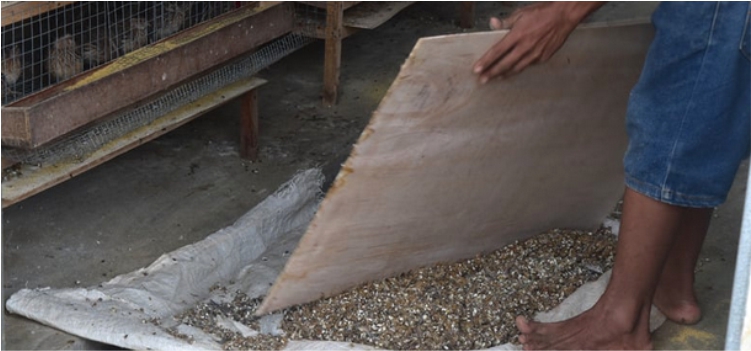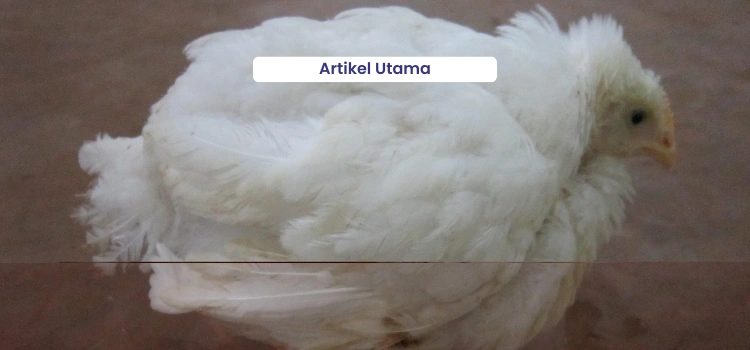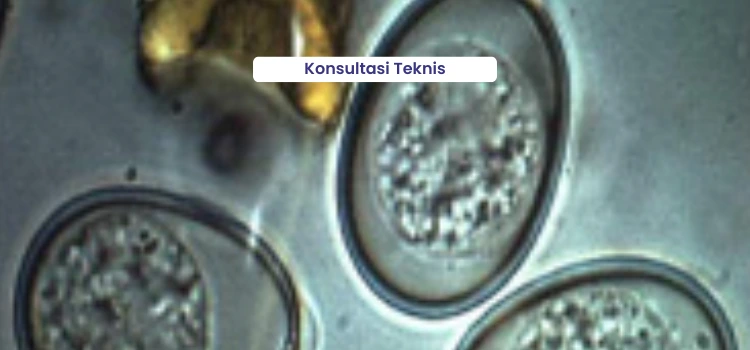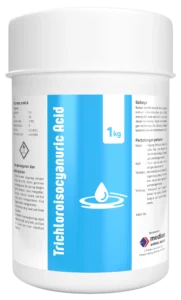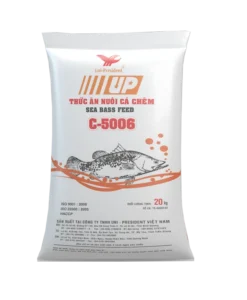Questions from Mr. Syaiful Rizal-Gresik
I want to build a quail laying cage in Driyorejo, Kab. The average temperature is 30-35°C. Given the ideal ambient temperature of quail is 24-30°C. What aspects should I pay attention to to reduce heat stress in the cage?
Answer
Thank you Mr. Syaiful for the question submitted. Temperature and humidity in the cage that exceeds the comfort zone of livestock will cause excessive heat stress or heat stress. In order to reach the comfort zone of laying Quail, the temperature in the cage can be set at a temperature of 24-27°C and humidity of 60-70% or Heat Stress Index 94. The temperature is too high (above 27°C) resulted in the performance of Quail laying decreases due to decreased feed consumption.
Here are some tips to reduce heat stress in the cage:
Provide a comfortable environment
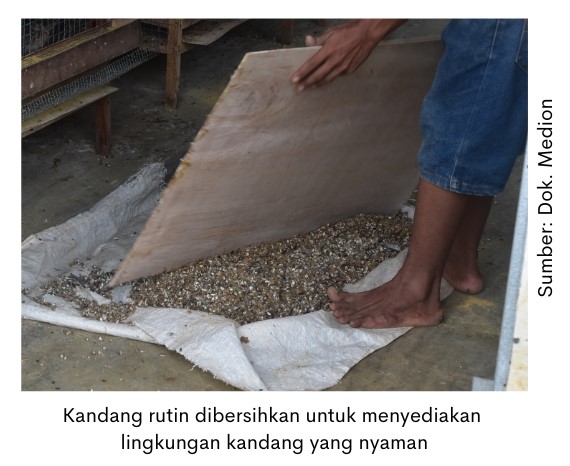
The cage as a quail environment can be sought comfort by providing good air circulation. Good air circulation can be seen from the temperature and humidity required by Quail. Use roofing materials capable of reducing heat.
If necessary, use a roof monitor system to improve air circulation. The addition of a fan or blower in the cage is able to reduce the body heat of poultry in a hot environment. Provide cold water ad libitum with a maximum temperature of 24°C and easy to reach Quail. The temperature of the drinking water is too hot to cause quails do not want to drink, this causes the effect of heat stress is getting worse.
In addition, cage hygiene such as stool cleaning needs to be done regularly because ammonia that is too high can interfere with quail health.
Pay attention to the management of the base and the density of the cage
Cage base or litter it needs to be changed periodically to minimize ammonia due to accumulated feces. In addition, litter the damp causes the temperature felt Quail getting warmer. The older the quails, the less dense the cage becomes. This is intended to provide enough space for movement and air circulation for the Quail. Some negative effects due to overcrowded cages include cage temperature rises, ammonia gas accumulation and heat stress.
Pay attention to feed management
Feeding can be carried out in the morning 30-40% and in the evening 60-70%. Less feeding in the morning the resulting feed is too high. The use of alternative energy sources such as oils and fats can suppress heat stress from the Quail's body. Heat stress often results in feed intake not achieved, several attempts to add feed intake that can be done include “leakage” (the addition of water plus vitamins in the feed) and midnight feeding (dinner in the evening).
Vitamin and electrolyte supplementation
Vitamin C is known to prevent stress by lowering rectal temperature and panting frequency and inhibiting ACTH secretion during heat stress. Naturally, poultry is able to produce vitamin C in the body, but in conditions of heat stress the production of vitamin C is not enough for the regulation of the body so it is necessary to supplement vitamin C from outside the body.
The addition of electrolytes such as Na , Cl, Ca and K is able to restore and maintain water levels in the body and maintain a stable body temperature. Supplementation of electrolyte vitamins and minerals can come from products such as Kumavit or Vita Stress.
Kumavit is a product that contains herbal extracts curcumavitamins, multiitamins, amino acids and electrolytes. While Vita Stress it is a powder preparation containing multivitamins and electrolytes that are important for optimal health, growth and support poultry performance.

